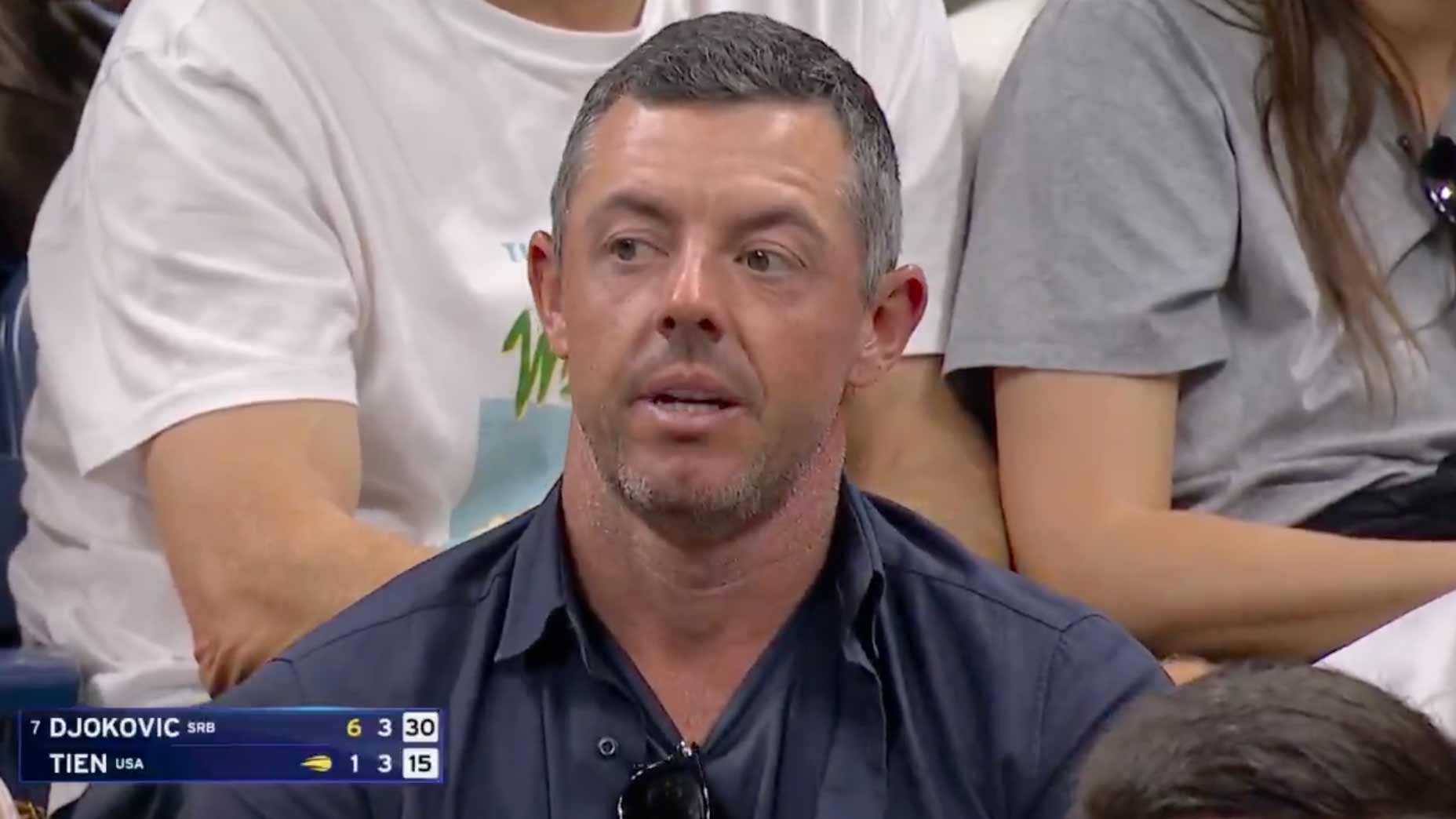If the ease at which the game comes to the best golfers in the world brings you envy and perhaps even a tinge of resentment, this would be a good time to click out of this story.
That’s because six-time PGA Tour winner Chris Kirk is better than most golfers not only playing right-handed (his dominant side) but also from the left side. Kirk began messing around as a lefty when he was a kid. For one week during the winter, he and his golf pals would play only left-handed, throwing down a few bucks on the results to keep things interesting.
“We were all terrible,” Kirk said earlier this year. “It was just a lot of talking crap to each other and just having fun goofing off.”
But a funny thing happened as Kirk continued to dabble from the left side: He became pretty damn proficient. Just a couple of weeks ago, in fact, Kirk said he posted a southpaw 84, two strokes off his all-time low. He’s on a mission, he said, to break 80.
“It’s just so fun,” Kirk said earlier this week of playing lefty; he was speaking from the Tour Championship, where he is making his first appearance since 2014. “But obviously I have a huge advantage over a normal beginner golfer. I kind of already know all the answers to the test. It’s just a matter of how long it takes me to figure out how to do it.”
Playing lefty is more than just a lark for Kirk, though. He said he has played so much from that side at his home club in Georgia, Athens Country Club, that he has inquired with his fellow members about establishing “a left-handed handicap,” with the goal of playing in club events “as a left-handed amateur.” Kirk estimated that he’s “about a 10 to 12 right now,” adding, “I’m not really sure how that really works with the rules.”
We weren’t, either. So we checked in with the whizzes in the USGA’s handicapping department, who replied with some sobering news as spelled out in Section 6 of the Rules of Handicapping under Local Guidance for Rule 1:
Handicap Index Based on Dominant Hand
A player must establish a Handicap Index playing from the player’s preferential side of play, known as the dominant hand. For example, if the Handicap Index is established playing left-handed, the player must continue to play left-handed and post all acceptable scores.
A player may not have a Handicap Index while playing both left-handed and right-handed concurrently. A basic premise of the Rules of Handicapping is that a player is trying to make their best score and to post every acceptable score. This includes selecting the best play for each stroke, so unless a ball is positioned requiring a deviation from the dominant side of play, the player must attempt to make the best shot for each stroke using the dominant side of play.
If a player is forced to discontinue play from the dominant hand in which the Handicap Index was established due to an injury or switches the dominant hand when learning the game, and begins play from the opposite side, the original Handicap Index must be archived, and a new scoring record must be established. The Handicap Committee should work with the AGA to remove the original Handicap Index and scoring record from further access.
In short? Yep, bad news for Kirk. Golfers may keep only one handicap and only via scores from rounds that they played with their dominant hand.
Still, Kirk can and should look at the bright side: Playing as a lefty, he can still beat most golfers. No strokes required.
Don’t have a handicap yet? You can register for one here.










